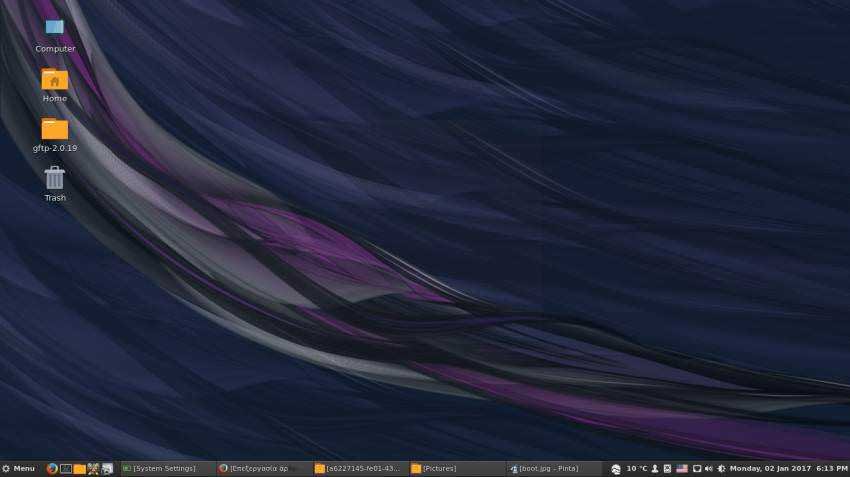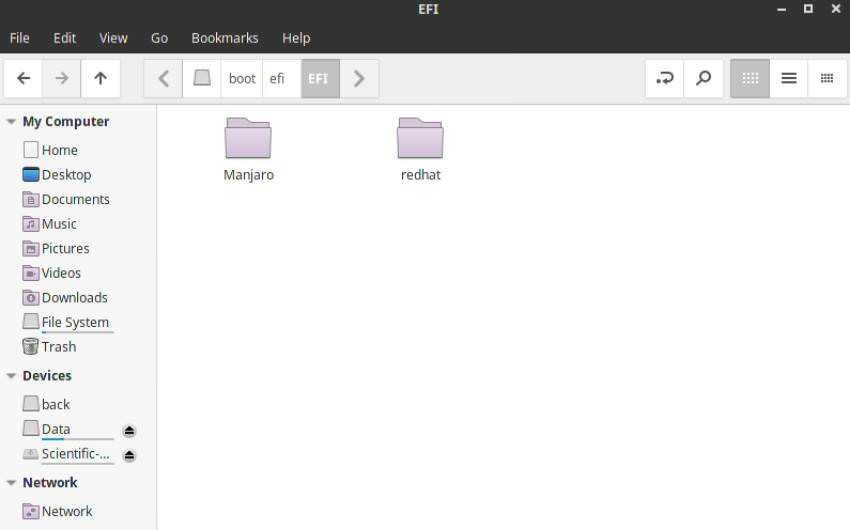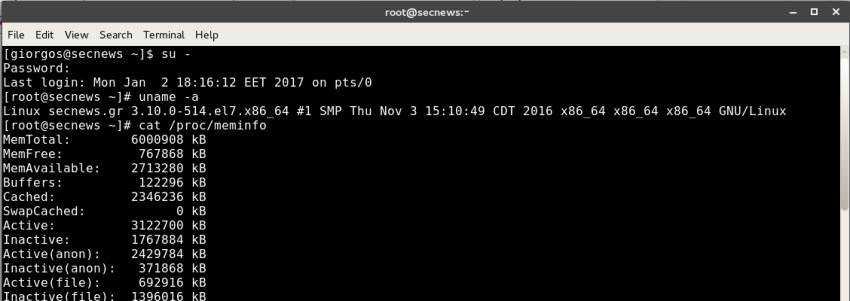Scientific Linux is a recompiled distribution of Red Hat Enterprise Linux, developed jointly by the Fermi National Accelerator Laboratory and the European Organization for Nuclear Research, or as we know it, the European Organization for Nuclear Research (CERN).
Scientific Linux is relatively unknown, but it is one of the best clones of Red Hat Enterprise Linux. Its name, though it shows that it is only for scientists, is unfair. Naturally, distribution is not only scientists, it took it because its development and maintenance are done by scientific organizations.
Although the distribution aims to be fully compatible with Red Hat Enterprise Linux, it also provides additional packages not found in RHEL. The most notable of these are various file systems, such as Cluster Suite and Global File System (GFS). , FUSE, OpenAFS, Squashfs and Unionfs. Supports wireless networking with Intel wireless firmware, MadWiFi and NDISwrapper. Comes with Sun Java and Java Development Kit (JDK), along with the lightweight IceWM window manager. It has R - a language for statistical computing, as well as the Alpine email client.
Scientific Linux 7.2 Release Notes
I tried the distribution on system which i use. Dual boot with Manjaro Linux which I particularly like because of the rolling platform it uses. I decided to add a system like SL 7.2 first because I wanted some server features that Manjaro doesn't have, and then because it's a Red Hat clone. 
Of course, in order to get dual boot up to speed I had to use some tweaks. After installing Scientific Linux 7.2 the system boot did not see Manjaro at all, so before entering Scientific Linux I chose to boot from BIOS where the main system was also displayed computer.
So, from Manjaro I opened directory / boot as root
I searched the dirs that contained the boot of SL (listed as redhat) and deleted the REDHAT and Boot directorys leaving only the Manjaro folder. Then with an update-grub I created a new grub.cfg file.
The command in the Arch forks like Manjaro is the following:
grub-mkconfig -o /boot/grub/grub.cfg
After the above command, Manjaro re-created the redhat folder but under its own boot screen.

and the result on the Manjaro boot screen (sorry for the oblique photo but I can not stand the big emotions)

After the above I explored the incredible distribution. Of course, like any Linux, it can be customized and customized. So I installed Cinnamon without one problem, but I had problems with tools that are personally necessary for me. The Filezilla available in the distro's repositories is an older version, and gftp doesn't even exist. Of course you can upgrade them or find them (gftp) from the official apps page but the distro's repositories (even epel) don't they contain them.
Of course you need to install the packages you need, which will take you a little while, and it will not look so practical, especially if you're used to rolling distributors.
However, the distribution faithfully follows the development of Red Hat that made over 600 changes and fixes of their own version of the Linux kernel. Most of these fixes concerned issues of high relevance to workload and high performance.
All these changes come with Scientific Linux which along with virtualization, multiple network storage protocols, load balancing, better safety of RHLE and many other enterprise features make it a very decent and secure distribution.
If you want to try distribution, the download links are below:
SHA1SUM 02-Feb-2016 20:56 302
SHA1SUM.gpgsigned 02-Feb-2016 21:00 547
SHA256SUM 02-Feb-2016 20:58 398
SHA256SUM.gpgsigned 02-Feb-2016 21:00 643
SL-7-DVD-x86_64.iso 02-Feb-2016 19:59 4G
SL-7.2-DVD-x86_64-2016-02-02.iso 02-Feb-2016 19:59 4G
SL-7.2-Everything-Dual-Layer-DVD-x86_64-2016-02..> 02-Feb-2016 20:53 7G
SL-7.2-x86_64-netinst.iso 02-Feb-2016 19:54 359M





